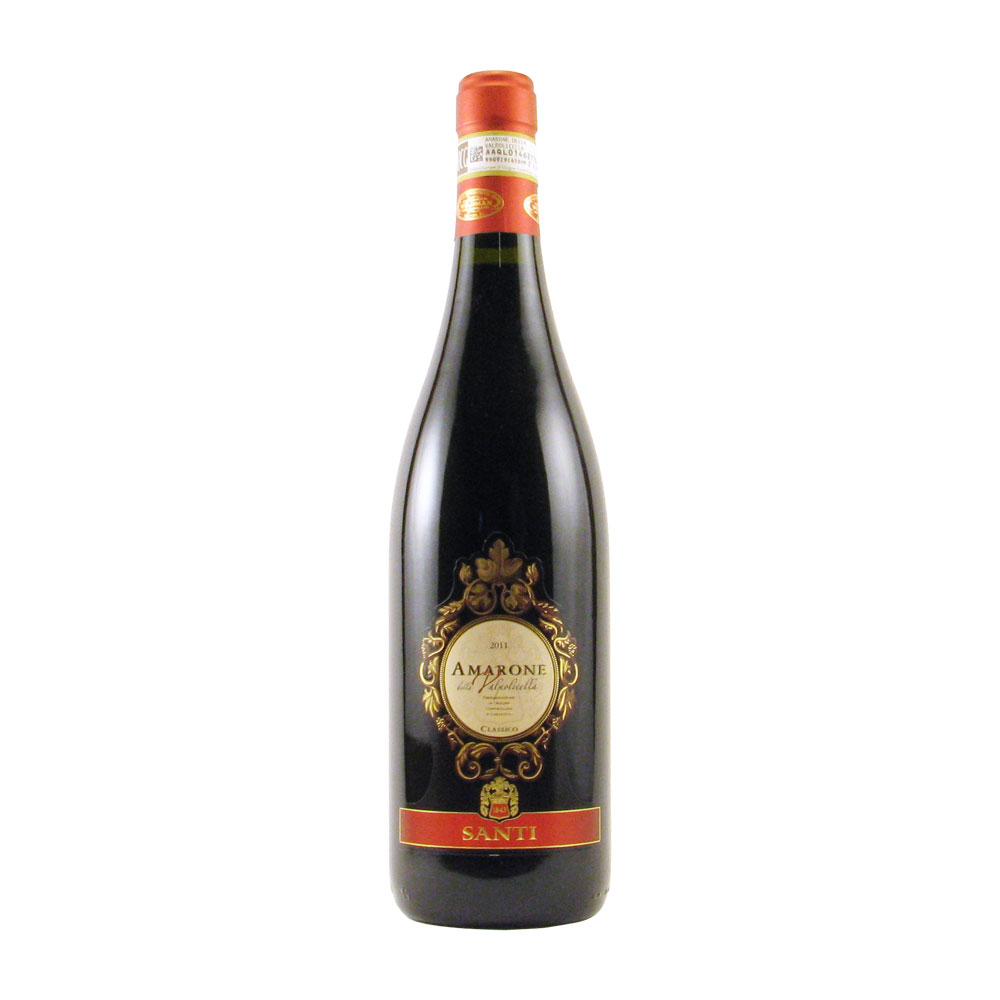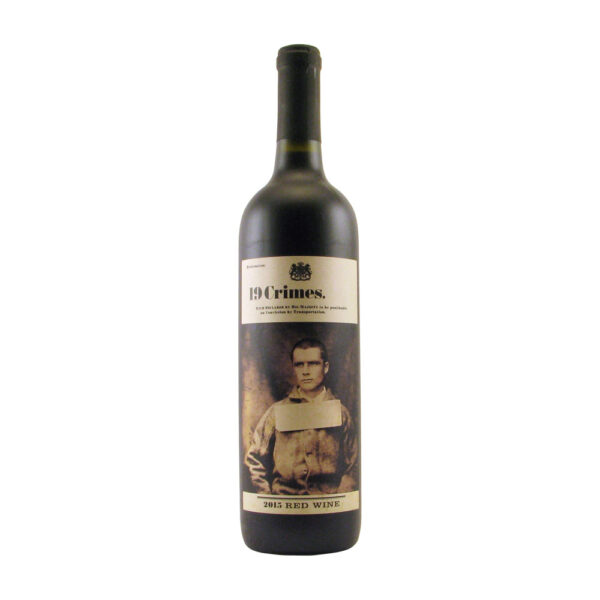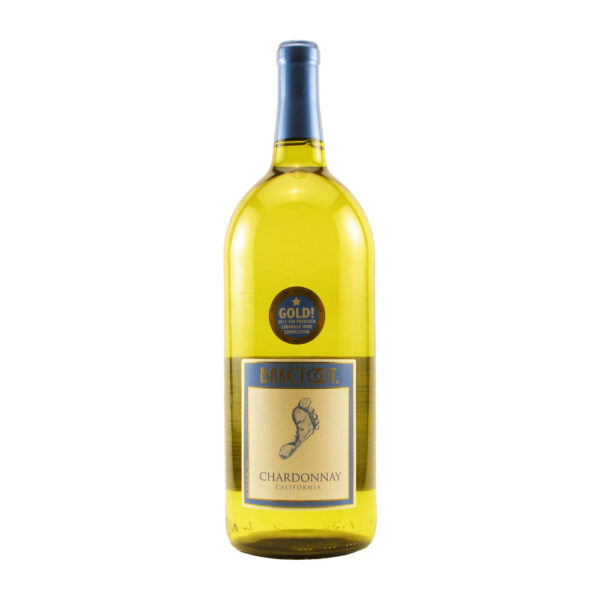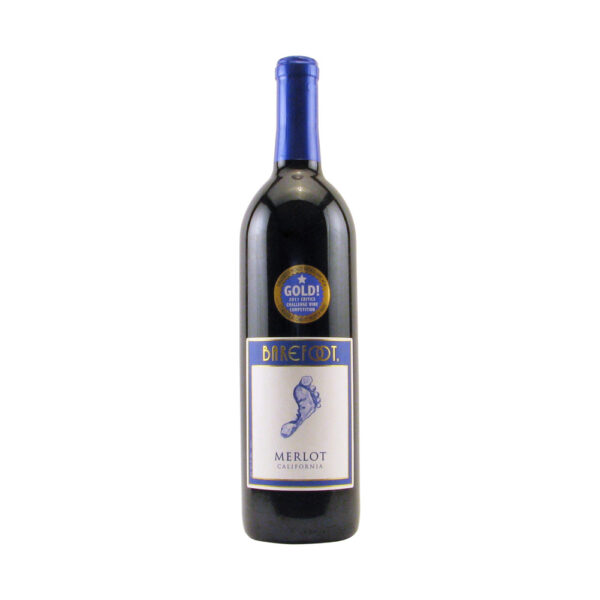Description
Santi Amarone 2011 750ml
Amarone drinkers, this is an impossible bottle of wine to skip! It’s intense, dry and you can’t help but love the smooth and supple tannins that go along with it. The dry grapes, black cherry notes, and plums are pleasant with hints of spices, cherry jams, and iris. Although it’s 16% alcohol, the aroma and taste aren’t overpowering.
You’ll get the best of both worlds when you sip on Santi Amarone for any occasion.
A notable fact about this particular wine is its extreme complexity.
Through the Apassimento process, the grapes are dried on straw mats before fermentation. Thus, producing prune and fig flavors alongside its usual fruit notes.
As a red wine drinker, you’ll be pleasantly happy with your decision.
Santi Amarone 2011 750ml Notes To Your Senses:
- TASTE: Full-bodied, soft acidity, smooth, dry grapes give marvelous flavor, plums with spices and cherry jam to top it off
- AROMA: Blackberries, cocoa
- APPEARANCE: Deep garnet red
- ABV: 16%
- PAIRING: Stir-fried beef, roast pork, grilled fish
Corvina:
Corvina grape is the dominant red variety of Italy. In the Veneto region, velvety, bright and fruity Bardolino cherry scented Valpolicella wines are made.
Although Corvina makes light-bodied wines, they can make muscular Amarone wines too. This is completed using the appassimento method where the grapes are dried for three months or more making a very high concentrated juice that converts into a dry, high-alcohol wine. Who doesn’t want that?!
Now that we’ve got the types of wine figured out, let’s get into the details of what your senses can experience. These grapes naturally have high acidity which makes the wine tart and a slightly bitter almond note. Sometimes, it finishes with a sour-cherry note too.
The color extract and tannins are low in the Corvina berries, but they do have thick skins which helps protect it from rotting and keeps it dry.
These dark, thick-skinned grapes are challenging to cultivate, but it’s still highly prized due to its acidity and tart taste. Corvina does well when it’s aged in wood, this is because it gives a perfect ratio of depth to the structure.
Red Wine:
Bringing out the best aromas and flavors of red wine can be achieved through the correct storage of temperature, generally between 50 to 55 degrees. Of course, this is a general rule of thumb as it depends on the grapes used when producing wine. There are so many health benefits due to the tannin. Procyanidins are a type of condensed tannin that is found in green tea and dark chocolate. Speaking of health, young red wines are better than old as they have more tannin. However, as red wine ages, they become lighter. Very old wines are translucent and pale.
Vitis vinifera originating from Eastern Europe makes up most of the common varieties of red wine. The aromas of red wine come from grapes only. Cherry, berry, jam, and herbs are all from fermented grapes and wine aging in oak barrels. Pretty simple for such a rich, complex, and tasteful wine!
Italy:
Italy has adopted a rigorous controlled appellation system that has strict controls with regulations and governing vineyard quality, yields per acre, and aging practices just to name a few. There are over three hundred DOC (Denominazioni di Origine Controllata) and DOCG (Denominazioni di Origine Controllata e Garantita) wines today. There are over five hundred classifications IGT (Indicazioni Geografica Tipica) wines are factored in too. Depending on the region of Italy, you’ll have a better idea of what types of wine are produced.
In the North, the Italian Alps lay against long expanses of the Po River plains. Tiny pockets and microclimates along the mountains link to their very own special wine. It always seems to be a fight between nature and wine, but wine continues to win as it has an extraordinary ability to age.
Central Italy delivers many more exciting wines such as Sagrantino from the Umbrian town of Montefalco, dense and dark Montepulciano from Abruzzo, and white Verdicchio from Le Marche.
Southern Italy, specifically Sicily has native grapes like Nero d’Avola (red) and Grillo (white). Grillo is used to produce fortified wine, Marsala. Sicily has a relaxed regulation with an increased experimentation which make the “new world” wine region, while perfectly locked within the confines of an “old world” wine reality.
Master Sommelier Little Known, Big Facts:
- The color of wine depends on the fermentation extracts using skin, like Red wine as compared to white wine, leaving the skin behind
- The oldest bottle of wine dates back to A.D. 325; it was found in Germany inside two Roman sarcophaguses
- The worst place to store wine is usually in the kitchen because it’s typically too warm, in refrigerators, their warmest setting can be too cold
- Richer heavier foods usually pair well with richer, heavier wines; light wines pair with lighter foods
- Generally, a vintage wine is a product of a single year’s harvest, not when the wine is bottled
- A “dumb” wine refers to the lack of odor while a “numb” wine has no odor and no potential of developing a pleasing odor in the feature
- If a server or sommelier hands you a cork, don’t smell it, look for the date or other information ( mold, cracking, or breaks)
- Tannin is a substance that tingles the gums when you indulge your palate with a sip of wine, it’s an excellent antioxidant
- Smell is by far the most important sense when it comes to drinking wine
- Wine was first developed in Mesopotamia, not France
- French wines are labeled following the soil on which they are produced, not according to the grape used
- When chilling wine, adding salt to ice will cool it down faster
Warnings:
You must be 21 or over to purchase this product.
Instructions:
Serve between 55-65 degrees






Reviews
There are no reviews yet.